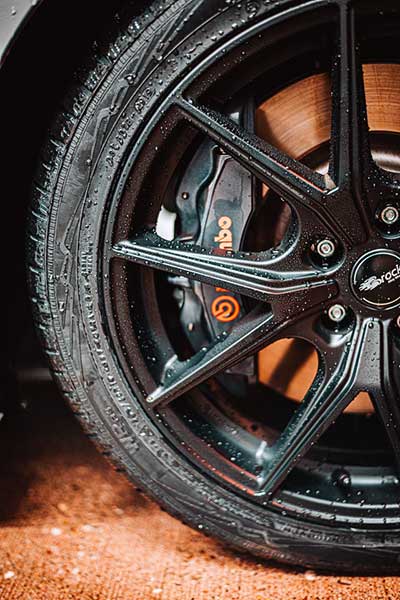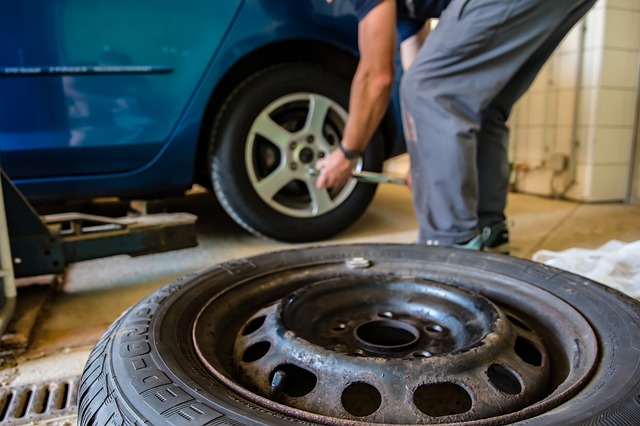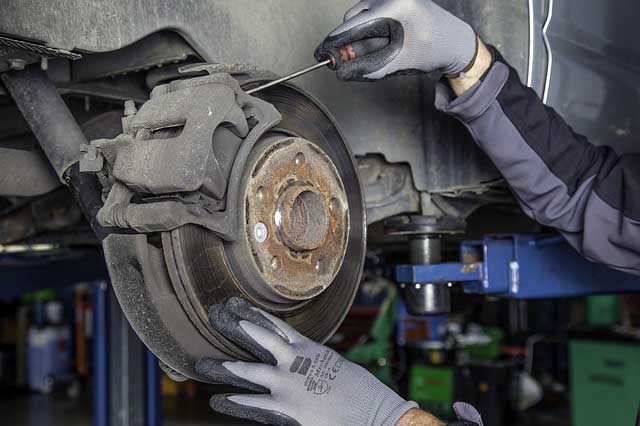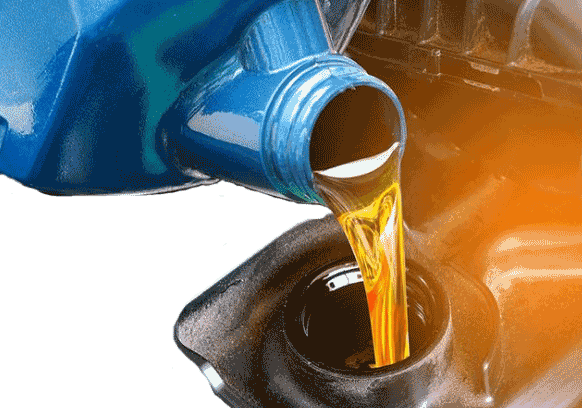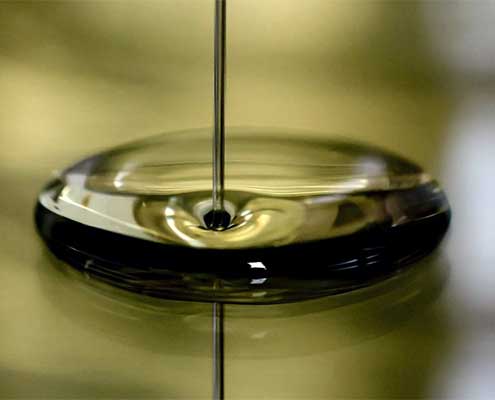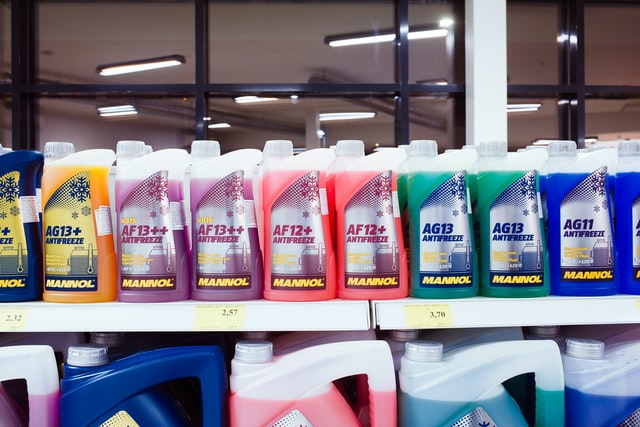Know more about your car
The Engine Light
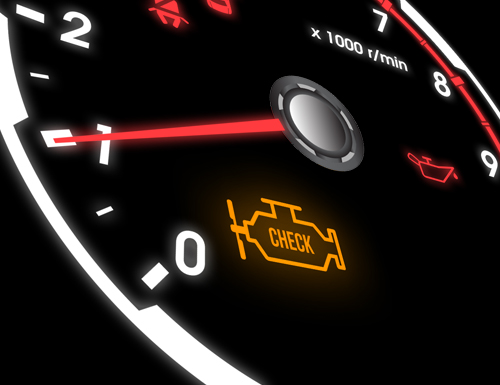
When the Engine light is illuminated at the instrument panel of your car it can cause anxiety! In the next few steps, we demonstrate how urgent or important the Engine Light is.
In a normal temperature (90 °C -100°C) or closed loop ECM(ENGINE CONTROL MODULE) check all the input and output sensors and actuators in today’s vehicles. Imagine a boss that is checking it’s employees and their work one by one until a fault is found. The car’s computer does the same thing with the input and output sensors. As long as the engine is on and running this check-up continues. If after 3 consecutive check-ups, one or more sensors are faulty, it will cause the engine light to illuminate.
After we turn on the engine it takes 3-5 seconds for the engine light to turn off.
If the Engine light stays on, after turning on the engine, then some parts are in fault.
WHAT CAN YOU DO?
IF THE LIGHT TURNS ON A FEW DAYS AFTER FILLING UP THE GAS TANK, PLEASE CHECK THE GAS CAP (THIS IS THE MOST COMMON PROBLEM). THE LIGHT USUALLY ILLUMINATES A FEW DAYS AFTER FILLING THE TANK, AND IN THAT TIME, WE CAN FORGET THAT WE FILLED THE TANK RECENTLY. (REMEMBER IF THE CAP WAS LOOSE, IT WILL TAKE FEW DAYS FOR THE LIGHT TO TURN OFF BY ITSELF).
IF THE LIGHT TURNS ON HOURS AFTER ANY SERVICE, PLEASE CHECK TO SEE THAT ALL THE COMPONENTS HAVE BEEN REMOVED OR REPLACED BY YOU OR A TECHNICIAN.
IF AT ANY TIME AFTER YOU TURN ON YOUR VEHICLE OR WHILE RUNING YOUR VEHICLE THE “ENGINE LIGHT” STARTS BLINKING, PLEASE TAKE YOUR VEHICLE TO THE CLOSEST SERVICE SHOP TO AVOID MORE COMPONENTS GETTING DAMAGED.
Now-a-days, a small scanner device or scanner app is very easy to get your hands on and is very easy to use. But, it is important to remember that the ECM scanner just shows the codes so you should know the definition of codes and not a problem of a vehicle. In some cases even for expert technicians it is hard to diagnose a problem by using only the code given by scanner. Almost all repair shops have a more complex and sophisticated scanner.
Because the ENGINE LIGHT is mostly emission control related, repairing the problem is necessary to avoid more problems and unwanted gas consumption.
TIRES
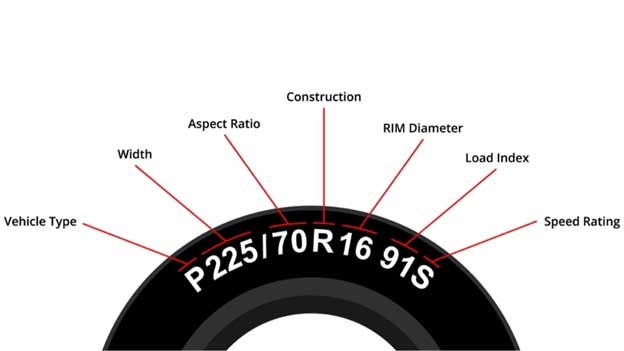
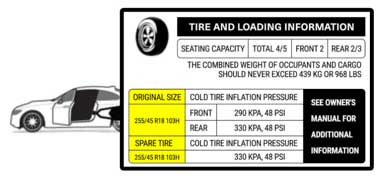
Wheel and tire are part of suspension on any vehicle and we try to give basic information that any driver has to know about tires.
- Tire size and how to read and where we should look for this information.
The easiest place to find information is the tire itself, and usually, these numbers are very bold and visible on the sidewall of any tire.
- “P” or “LT” first corrector’s stand for the type of vehicle “P” for passenger and “LT” means light truck.
- The first 3 digits are in millimetres (metric unit) and indicate the width of the tire.
- The next 2 digits after the slash show the percentage of width for example: in the above picture (T-1), 70 means 70% of 225 millimetres.
- R means rims and the last two digits are rim size.
- The last part is always a combination of a 2 digit number and one letter. The number indicates the load of the tire and the letter shows the maximum speed rate this tire can handle.
Another place we can find this info is on the driver door of the vehicle
WHY WINTER TIRES?
The difference between all season tires and winter tires is the rubber material.
Winter tire’s rubber material is softer than all season tire, because on cold weather the winter tire still function properly vs. all season tire; in the cold all season tire get hard and fragile so in winter most of them do not act as they should. Of course lots of other point are here as well that can be discussed.
USED TIRES!
The only issue on this subject is how safe they are, and this means: how old they are, how many times they have been patched, how long they can provide service, or if they’re long past the due expiry date!
Our recommendation of “used tires” is: If you have to get used tires, just look at the D.O.T. numbers.
With little research, you will find the manufacture date of the tire.
WHEN DO I SWAP TIRES?
Usually, winter tires do not get damaged, if ambient temperatures are 10°C (50°F) and lower.
In Ontario, Canada, by our suggestion, the 3rd week of October to mid-November is the best time to put winter tires on.
For the summer, the best time for a tire change to all seasons is the middle of March to mid-April.
